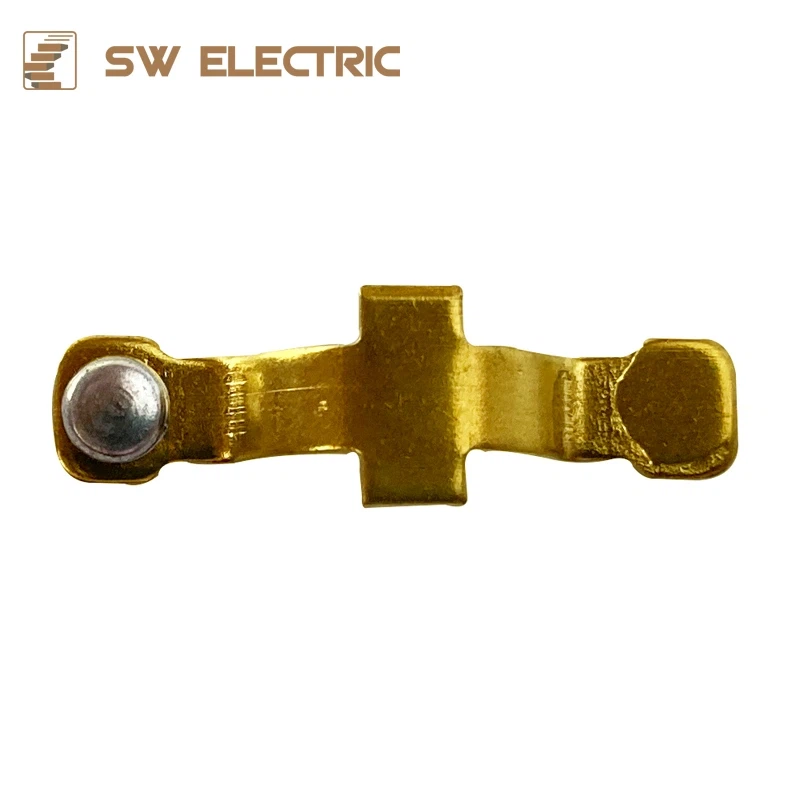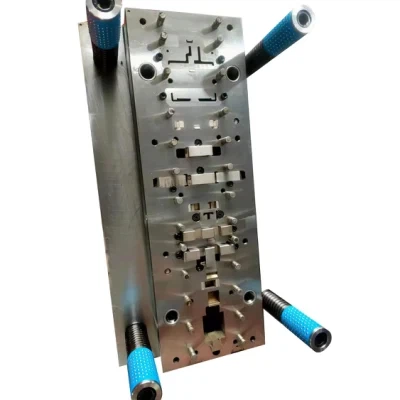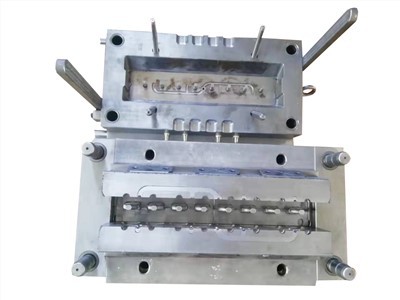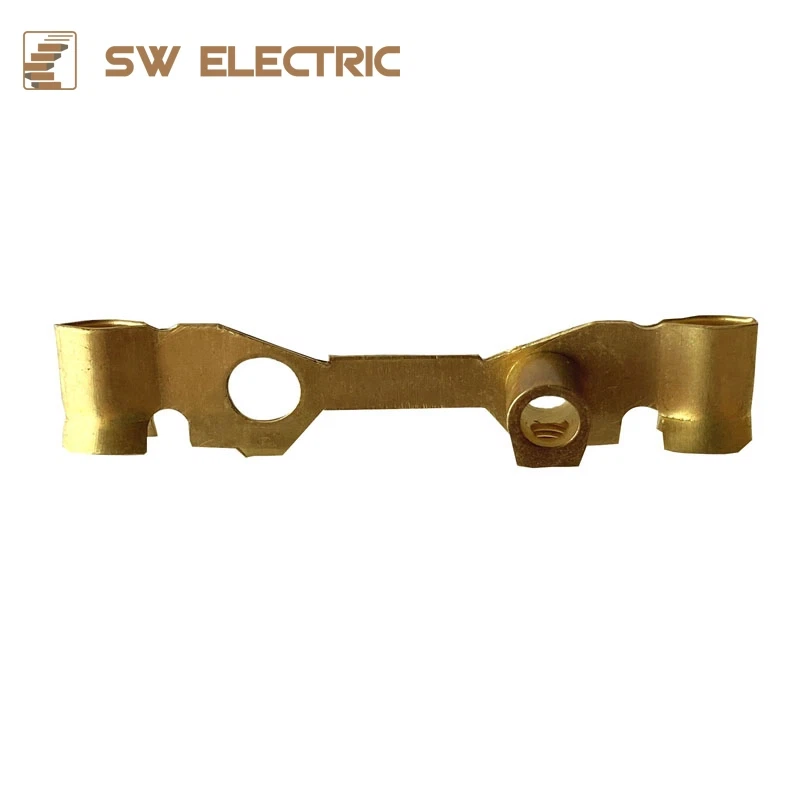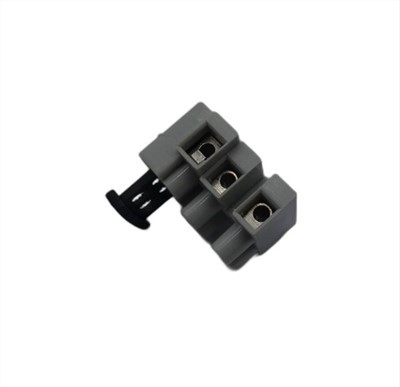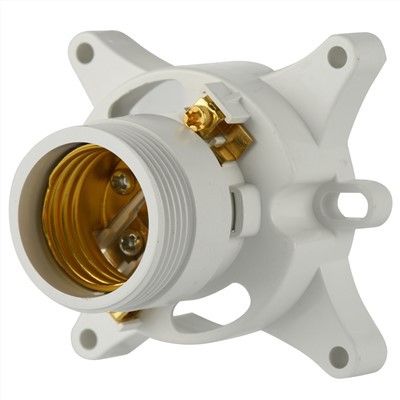Precautions for plastic injection molding
Injection molding is an engineering technology that involves transforming plastics into useful products that can maintain their original properties. The important process conditions of injection molding are the temperature, pressure and corresponding action time that affect the plasticizing flow and cooling.
temperature control
1. Barrel temperature: The temperature that needs to be controlled during the injection molding process includes barrel temperature, nozzle temperature and mold temperature. The temperature in the first two passes mainly affects the plasticization and flow of the plastic, while the latter temperature mainly affects the flow and cooling of the plastic. Each plastic has a different flow temperature. For the same plastic, due to different sources or grades, its flow temperature and decomposition temperature are different. This is due to the difference in average molecular weight and molecular weight distribution. Plastics in different types of injection The plasticization process in the machine is also different, so the temperature of the barrel is also different.
2. Nozzle temperature: The nozzle temperature is usually slightly lower than the maximum temperature of the barrel. This is to prevent the “salivation phenomenon” that may occur in the straight-through nozzle of the molten material. The temperature of the nozzle should not be too low, otherwise it will cause the premature solidification of the melt and block the nozzle, or the performance of the product will be affected due to the premature solidification of the material injected into the cavity.
3. Mold temperature: Mold temperature has a great influence on the internal performance and apparent quality of the product. The temperature of the mold depends on the crystallinity of the plastic, the size and structure of the product, performance requirements, and other process conditions (melt temperature, injection speed and injection pressure, molding cycle, etc.).
Pressure control
The pressure in the injection molding process includes plasticizing pressure and injection pressure, and directly affects the plasticization of plastics and product quality.
1. Plasticizing pressure: (back pressure) When using a screw injection machine, the pressure on the top of the screw when the screw rotates and retreats is called plasticizing pressure, also known as back pressure. The size of this pressure can be adjusted by the overflow valve in the hydraulic system. In the injection, the size of the plasticizing pressure is constant with the screw speed. When the plasticizing pressure is increased, the temperature of the melt will be increased, but the speed of the plasticizing will be reduced. In addition, increasing the plasticizing pressure can often make the temperature of the melt uniform, the mixing of the pigments uniform, and the gas in the melt can be discharged. In general operation, the decision of plasticizing pressure should be as low as possible under the premise of ensuring good product quality. The specific value varies with the types of plastics used, but usually rarely exceeds 20㎏/c㎡.
2. Injection pressure: In the current production, the injection pressure of almost all injection machines is based on the pressure applied by the plunger or the top of the screw to the plastic (converted from the oil pressure) as the standard. The role of injection pressure in injection molding is to overcome the flow resistance of the plastic from the barrel to the cavity, to give the molten material the rate of filling the mold and to compact the molten material.
The injection pressure is divided into injection pressure and holding pressure, usually 1 to 4 injection pressure + 1 to 3 holding pressure. Generally, the holding pressure is less than the injection pressure. Adjust according to the actual plastic material used to achieve the best The physical properties, appearance and size requirements.


